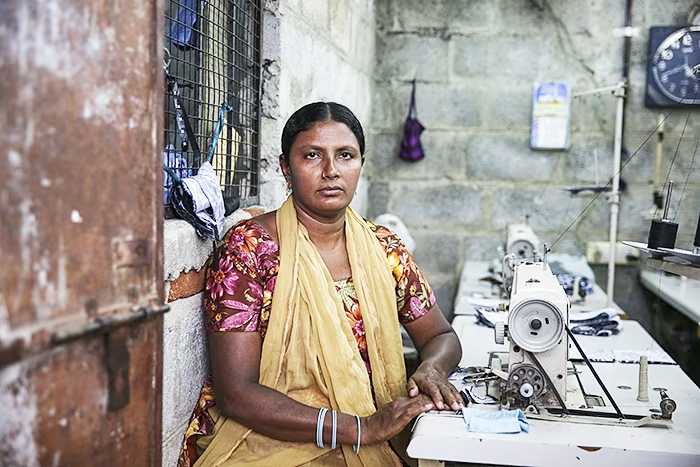Ms Varsha Raj
LET OUR 14 YEARS OF EXPERIENCE WILL HELP YOU BOOST YOUR BUSINESS WITH OUR SERVICES
GIVE US A RING
+1-877-857-3171
Free Comprehensive Site Analysis Report worth $250
Expert & insightful recommendations
Suggested solution/package details




Request a Quote
Our free, in-depth analysis will help provide valuable data to skyrocket your growth.

